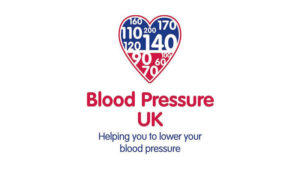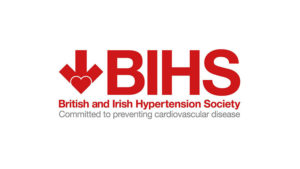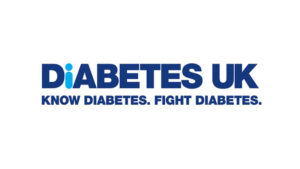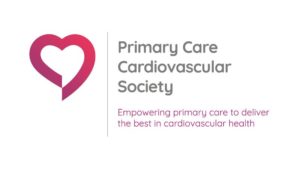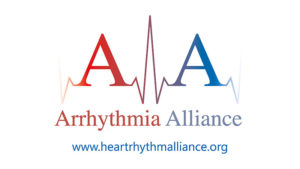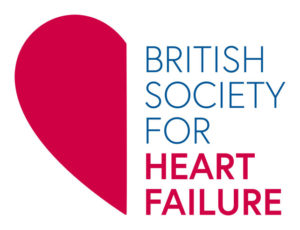About 40% of patients with heart failure die within one year of diagnosis,underlining the need for more effective management.Nearly one-third of patients with heart failure may have an abnormality in the electrical conducting system of the heart.In this article,we review cardiac resynchronisation and its role in managing chronic heart failure.
Cardiac Resynchronisation: A New Approach To Managing Chronic Heart Failure
Walking your way to good health
What are the health benefits of walking,and how much should we walk and how often? In this article,we review the evidence on the impact of walking on health, the latest recommendations on walking,how to overcome barriers to walking,how to motivate our patients to start walking and how to keep it going.
Aspirin or Warfarin for Atrial Fibrillation
Editorial
A happy and productive 2009 to all our readers! We hope that as we all face the challenges – and, we hope, joys – that this year will bring, BJPCN can provide the practical and reliable information and advice that you tell us you find so useful.
Triglycerides: Making Sense Of The Sometimes Forgotten Lipid Fraction
The importance of lowering total and LDL cholesterol (LDL-C) in the prevention of cardiovascular disease (CVD) is so firmly established that it has,in only a short time, become part of everyday practice for all primary care health professionals.Lipids,of course,come in multiple forms,which include fatty acids,the different forms of cholesterol and triglycerides.Most practitioners have only a sketchy idea of what triglycerides are,what they do and how important they are.Few understand the intricacies of measurement, diagnosis and interpretation,and when – and how – to manage them.The story is complex and involves difficult biochemical and metabolic concepts,so we should begin at the beginning.
Working In Partnership With Patients: Developing A Diabetes Pathway With Local Service Users
This article looks at how a group of patients worked in partnership with North Lancashire Teaching Primary Care Trust (PCT) to produce a patient information leaflet for people newly diagnosed with diabetes (see page 32).The leaflet is intended to act as a guide, giving the new diabetic information and facts to help them,as well as encouraging them to find out more for themselves and enabling them to ask the appropriate questions.
Get Your Socks Off: Diabetic Foot Care In The Community
All of us delivering care to people with diabetes know that it’s increasingly common, affecting two million people in the UK,according to figures for 2007.It is also expensive,taking up about 10% of NHS costs and 5% of social costs. We also know it’s the commonest cause of non-traumatic lower limb amputations and that’s just one of the reasons that we spend so much time in clinics optimising care and detecting complications.But how well do we understand the impact of foot disease and how organised are we in assessing and treating it?
Editorial
The menopause has moved on from simply being a source of euphemisms for hot flushes as ‘power surges’ or ‘tropical moments’ to being recognised as an important stage in a woman’s life. It also has particular significance in CVD risk, which we address head-on in this issue of BJPCN.
Starting on a statin for primary prevention
Tredaptive: a new option in lipid management
Blood cholesterol levels play an important role in the development of atherosclerosis and cardiovascular disease (CVD), and the incidence of CVD is closely related to the concentration of the specific lipoproteins in the blood. In this article, we review the role of different lipoproteins and the mechanism of action and potential role of a new agent for lipid modification – Tredaptive.
How to prevent and manage lipohypertrophy at injection sites
Lipohypertrophy is surprisingly common in people using insulin to control their diabetes. As more and more people with diabetes are managed in primary care, practice nurses take on a greater role in the management and education of these patients. This article considers what lipohypertrophy is, how it can be prevented and how it should be managed once it has been identified.




